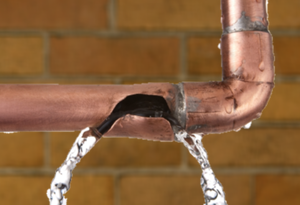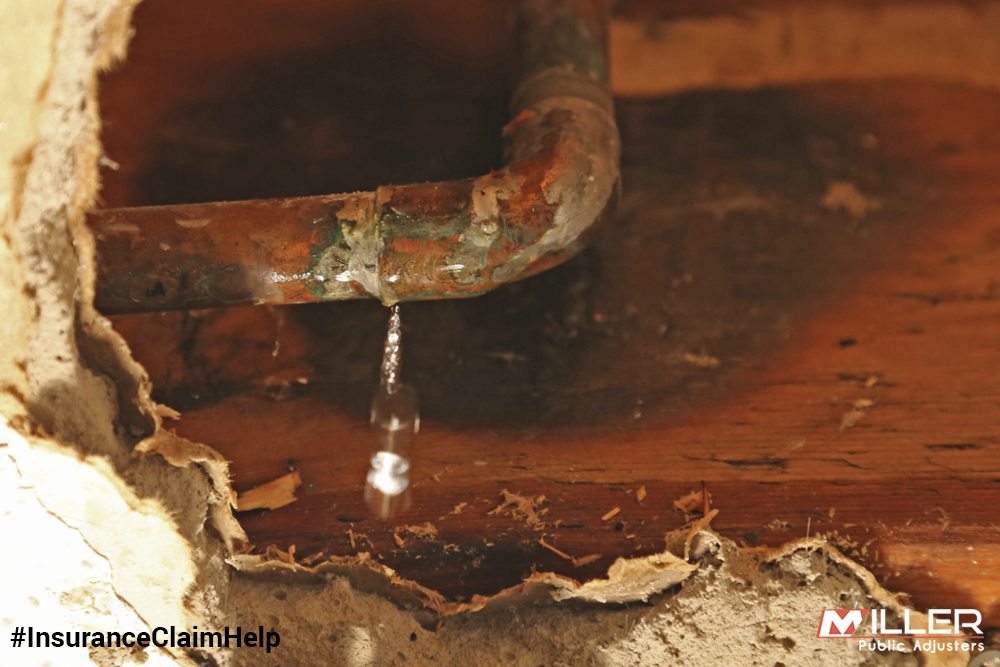Noticing and Quickly Repairing a Burst Pipe: Key Steps
Noticing and Quickly Repairing a Burst Pipe: Key Steps
Blog Article
Were you trying to find tips on How to Prepare for Your Dishwasher Installation?

A burst pipe is a major emergency; you can just stand as you see water you pay very much to reunite with the earth. In worse instances, you see a pool on your kitchen floor, which is a great journey danger, particularly if you have kids around. If the pipe that ruptured remained in your walls, problem: you might require to repaint that whole area.
Exactly how can a disaster like a burst pipe be protected against and managed? Well, by paying attention to your specialist emergency plumbers and complying with these regulations.
Just how do I recognize when my pipes have burst?
Varying water stress
Pipes do not just burst in a day. You might have observed that your cooking area tap or shower doesn't run quickly when you turn the faucet. It may stop for a couple of seconds and then blast you with more force than normal.
In various other circumstances, the water may seem regular initially, after that drop in pressure after a couple of secs.
Damp wall surfaces and water stains
Before a pipe ruptureds, it will leak, many times. If this consistent dripping goes undetected, the leakage might finish right into a broad laceration in your pipeline. One very easy means to prevent this emergency is to look out for wet walls ad water stains. These water spots will certainly lead you right to the leakage.
Puddles under pipelines as well as sinks
When a pipeline ruptureds, the discharge develops a puddle. It may show up that the pool is expanding in dimension, as well as regardless of the number of times you mop the puddle, in a few minutes, there's another one waiting to be cleansed. Often, you may not be able to trace the puddle to any type of noticeable pipelines. This is an indicator to call a specialist plumber.
Untraceable leaking noises
Pipeline ruptureds can happen in the most unpleasant areas, like within concrete, inside wall surfaces, or under sinks. When your home goes silent, you might be able to listen to an aggravatingly relentless trickling sound. Also after you have actually inspected your shower head and kitchen tap, the trickling might proceed.
Precious visitor, the dripping may be originating from a pipeline inside your walls. There isn't much you can do about that, other than inform an expert plumber.
Shut off the Water
When water freezes, it increases in quantity by about 9 percent. And also it increases with incredible force: The stress inside pipelines may go from 40 pounds per square inch to 40,000 psi! No pipeline can hold that much pressure, so it breaks open. The break might happen where the ice forms, yet more frequently, it happens where water pressure discovers a weak spot in the pipe. That might be inches and even feet from the frozen location. Discover the water shutoff valve and also shut off the water to prevent more damages. You might likewise require to shut off the electrical energy as well, depending upon where the leaks occurs as well as how large it is.
Contaminated water
Many individuals assume a ruptured pipe is a one-way electrical outlet. Rather the contrary. As water flows out of the hole or tear in your plumbing system, contaminants locate their way in.
Your water might be contaminated from the resource, so if you can, check if your water storage tank has any troubles. However, if your alcohol consumption water is supplied as well as detoxified by the city government, you need to call your plumber right away if you see or scent anything funny in your water.
What do I do when I detect a burst pipeline?
Your water meter will certainly continue to run also while your water wastes. To minimize your losses, discover the major controls and turn the supply off. The water pipe are an above-ground structure beside your residential or commercial property.
How to Fix & Detect a Leaking Pipe
How Do I Know if a Pipe is Leaking?
Leak detection tests can help you determine if your pipe has a leak. Even if you don’t see an apparent leak, you should still conduct leak detection tests regularly to save water and money—and prevent major damage to your home.
Water meter. It can be helpful to figure out what your usual water meter usage numbers are and then monitor them regularly. To monitor your meter, first, turn off all water faucets in your home. Check the meter and write down the numbers. In a few hours, check the meter again. If the numbers have changed, you have a leak. Water gauge. Use a water gauge to test your water pressure. Your showerhead should produce a certain amount of water pressure based on its model and design. If the pressure is lower than it is supposed to be for that specific showerhead, your home likely has a leak. Puddles. Look inside your bathroom, laundry, and kitchen sink cabinets. Puddles around the cabinets or around toilets, tubs, showers, and washing machines indicate the presence of a leaking pipe. You may also notice loose tiles, peeling or flaking paint, or mold caused by water accumulation. Napkin test. Even if you don’t see any puddles, you may still have a leak. You can test for water leaks in the bathroom, laundry, and kitchen by wiping below-sink connections with a napkin, paper towel, or piece of toilet paper. If it becomes damp, you probably have a leaking pipe under the sink. Discolored walls. Walls that are discolored—usually with brown or yellow stains—or bulging might mean that they have been impacted by water damage caused by a leaking pipe. Smell. A leaky pipe will create sitting water, and over time, that water may develop a musty smell. If your home smells musty, but you can’t locate the source, it may be due to a leak. Steps for Fixing a Leaking Pipe
A leaky drain can be remedied by tightening the pipe base, replacing the drain seal, caulking the rim, and tightening the pipe nut. Similarly, a leaking toilet pipe can be treated by tightening the packing nut. You may also need to replace the valve. A leaky faucet may just need tightening or replacement of the washers. If that doesn’t work, consider replacing your faucet. If your pipe has a hole in it, you may want to use a pipe leak sealer or pipe leak tape. This quick fix for water pipe leaks can also temporarily fix a copper pipe leak. https://www.ahs.com/home-matters/quick-tips/how-to-tell-if-pipes-are-leaking/

We are very fascinated by What to Know Before Installing a Dishwasher and I'm hoping you appreciated the entire post. If you enjoyed reading our blog posting if you please make sure you remember to share it. We take joy in reading our article about How to Install and Connect a New Dishwasher.
Contact our experts. Report this page